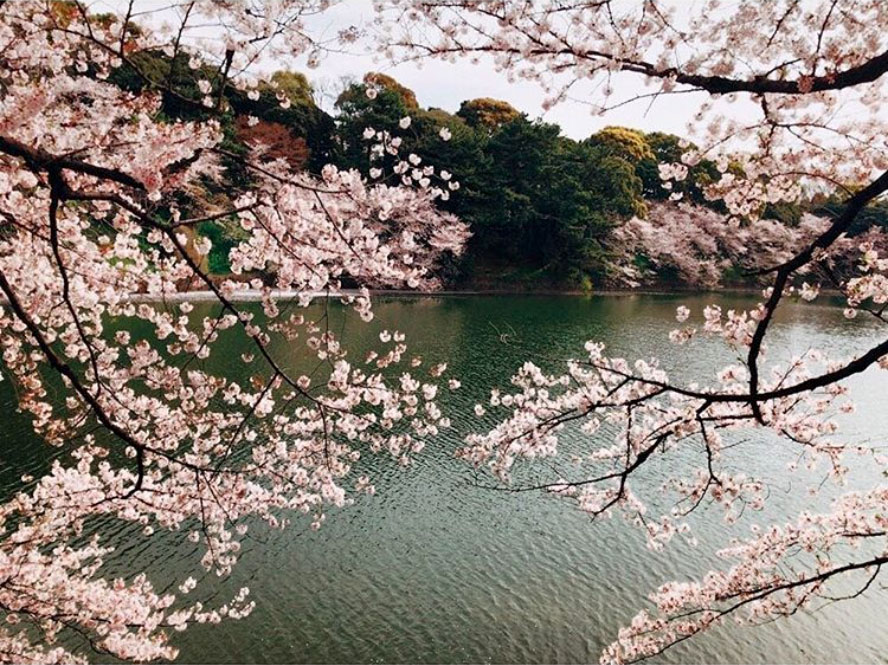
Cherry blossom season is here! But what does that mean beyond spectacular floral viewings and your Instagram blowing up with pretty pink blooms? Here, a primer on the cherished Japanese tradition.
Know the Lingo
Sakura means “cherry blossoms” while the term sakura-zensen describes the arrival of the flowers across Japan, the cherry blossom front. Hanami, meanwhile, refers to the act of actually enjoying and appreciating the phenomenon; it literally translates to “looking at flowers.” There are hanami picnics, viewing parties…
When to Watch
The season can begin as early as January with the first blooms appearing in the southernmost Okinawa Islands. But things really kick up in March. The cherry blossom front then moves northward in the upcoming weeks — central Japan in late March or early April, northern Japan in early May. Changes in weather can easily shift this, with warm weather speeding up the season and cooler temperatures slowing the process down. The best way to keep tabs on the floral activity is to follow the constantly updated Cherry Blossom Forecast here (and, for English speakers, here). As of today, it’s still forecasting falling petals in Kyoto with blooms still to come in Kitakami, Kakunodate, Hirosaki, Hakodate and Sapporo.
And Where
Each city has its own popular floral-watching posts — in Kyoto, for instance, locals converge on Kamo River, Imperial Palace Park and Maruyama Park. For the late bloomers (literally), you can head to Sapporo’s Maruyama Park and Hokkaido-jingu shrine. Other great places to catch the cherry blossoms on the later side of the season include Hirosaki Castle (Tohoku), Kakunodate (Akita) and Goryokaku Fort Park (Hokkaido).
Where (The Stateside Version)
There are plenty of terrific cherry blossom viewings in the States, too, from Philadelphia to Macon, Georgia, to San Francisco and Pasadena. While blooms in those regions have mostly peaked, New Yorkers can still pencil in some hanami time of their own: The Brooklyn Botanic Garden hosts its own Sakura Matsuri cherry blossom festival on April 29th and April 30th. Expect taiko drumming, tea ceremonies, music and dance.
And Then There Were None…
Cherry blossoms are deeply symbolic in Japan. Because they only bloom for a short period of time — about a week — before they drop and poetically float away, creating what’s called sakura snow, they’ve come to represent life’s fragility and ephemeral nature. It’s a perspective that falls in line with Japan’s wabi-sabi aesthetics of imperfect and transient beauty, too.
Fun Fact
Cherry blossoms bloom before any leaves appear on the trees making those sudden bursts of allover pink all the more alluring and striking.
